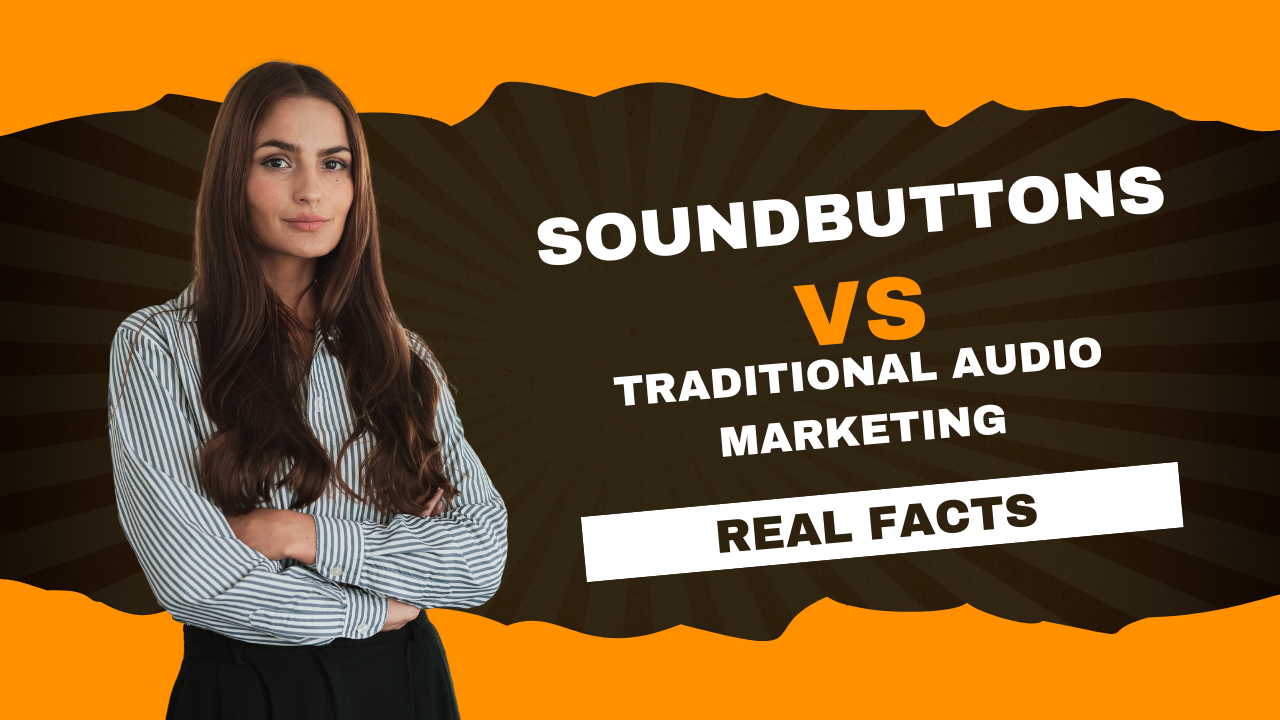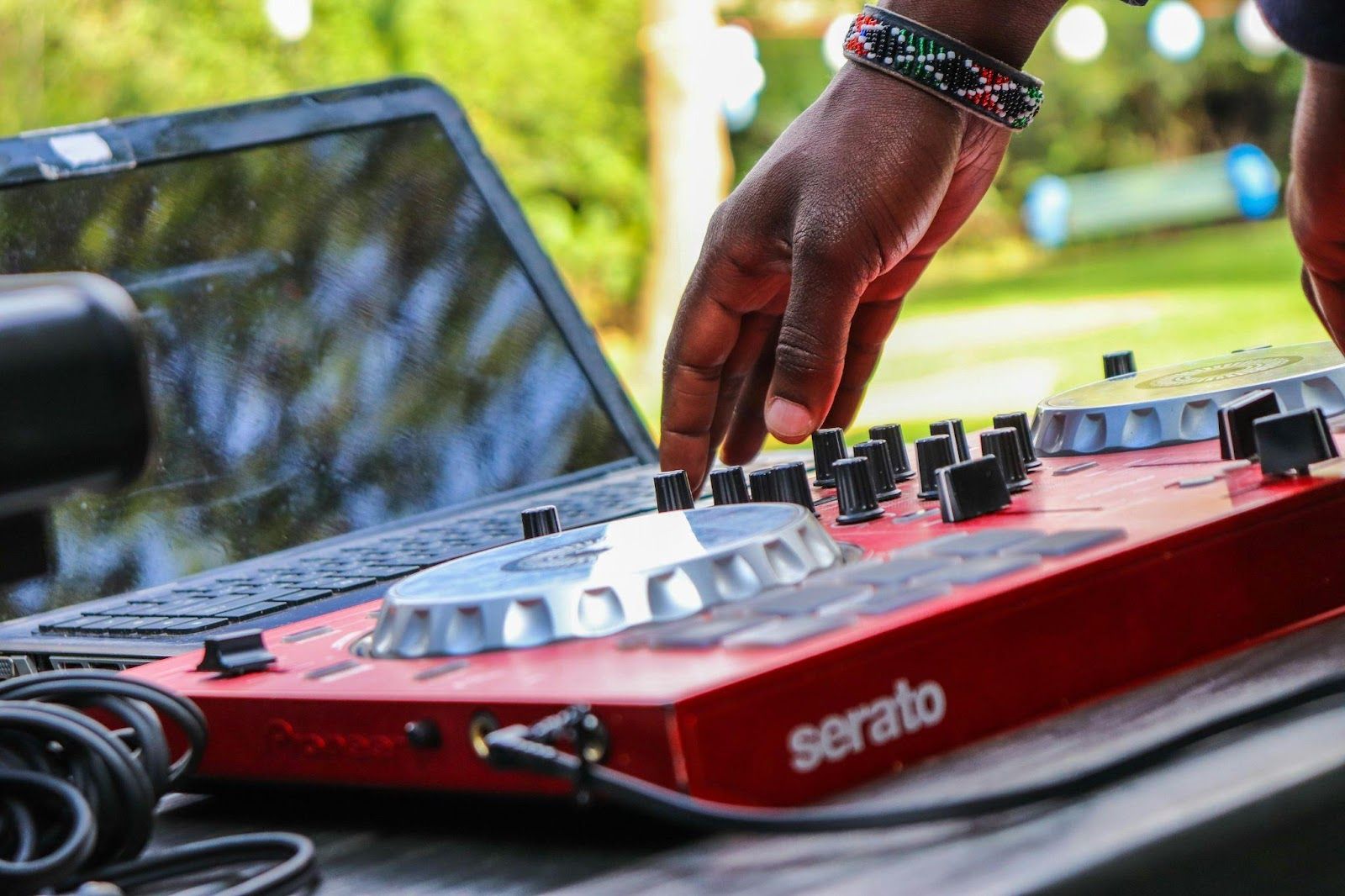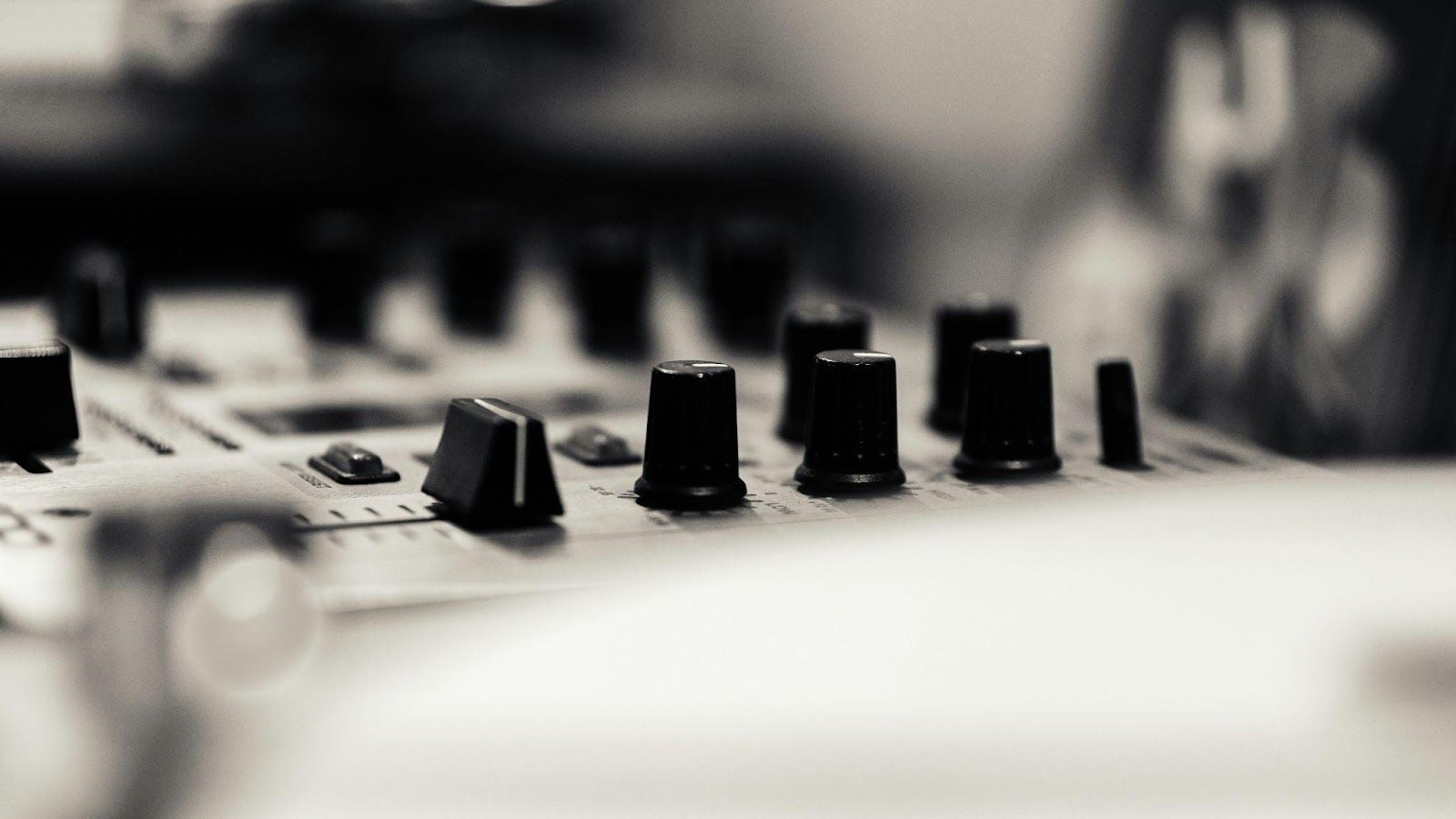Sound Buttons vs. Traditional Audio Marketing: 5 Pros and 5 Cons Explained
Audio on its own can cut through the noise of a crowded space is an omnipresent touchpoint in our everyday lives, establishing emotional connections and anchoring bonds with brands over time (in the marketing world). Traditional audio marketing— in the form of radio ads, jingles and voice overs—has been a useful tool for decades. But the advent of digital platforms has brought a new player to the game: sound buttons. These brief, powerful sound bytes have become increasingly popular as a marketing strategy.
But what do sound buttons, sound button tactics do versus audio marketing? In this article, we will describe the 5 pros undefined cons of using sound buttons vs. traditional audio marketing, making it simple as soil.

What Are Sound Buttons and Traditional Audio Marketing?
Sound Buttons — These are short recordings of a sound that plays with a click/tap. They use them in memes, social media videos, live streams, ads, etc. This can be sound effects like applause sounds, dramatic drum rolls, or audio bites that are catchy.
Classical Audio Marketing : It consists of radio ads, podcast sponsorship, lengthy audio jingles, and voiceovers in television commercials. They are generally more elaborate and organized than sound buttons.
There are reasons why both are so valuable and serve different purposes with marketing strategies.
5 Pros of Sound Buttons
Instant Attention Grabber
Maintained shortly and fast, sound buttons are best for entering designs at the initial fraction of a second. In a world in which people quickly scroll on their own content, a quick “pop,” “ding” or “buzz” sound can stop someone mid-scroll to look at another screen.
A celebratory chime sound when showing a discount for a product on Instagram, for example.
Easy to Integrate Across Platforms
Sound buttons can be utilized on anything from websites to social media, apps, and live streaming platforms. They are also one click to play, thus easy to play.
For example, a Twitch streamer can uses funny sound buttons to provide comic relief during live streams.
Cost-Effective
Sound button production is often more affordable than the full-length radio ad, or hiring a professional voice-over talent. Some sound button apps even allow businesses to submit their own sounds free of charge!
For example, simple sound buttons can be made for small businesses without excessive studio recordings.

Memorable Audio Cues
Short, catchy sound effects get under people’s skin. Just like a sonic logo, a sound button that joggles the listener’s experience repeatedly in a candidate’s campaign can have a tight association by that time with a brand.
Example: Cha-ching sound effects in online store ads can lead to users remembering that they recently made a purchase.
Enhances User Interaction
Interaction functions like sound buttons (if integrated into the format) offer additional interactivity, especially during live streams, mobile applications, and interactive ads. They allow for a fun and playful user experience.
For example, a game app can utilise sound buttons as a part of rewards or achievements.
5 Cons of Sound Buttons
Limited Storytelling Ability
Sound buttons are typically short and no more than a few seconds long. They’re good for seizing attention but not appropriate for detailed storytelling or complex messaging.
For example: A sound button cannot elaborate on the features of a product.
Risk of Overuse
Overuse of sound buttons in campaigns can be off-putting to audiences. AS for the sounds themselves, too many sound effects in a short time can come across as gimmicky and amateurish.
For example, what kind of website plays a sound effect every time the user clicks?
Lack of Emotional Depth
Sound buttons can convey spontaneous feelings; however, they do not possess the extended feeling, emotion, and connection that audio ads or audio scripts can manifest.
For example, a powerful super pronounced charity campaign, would deserve an emotional voice over to bring it to life and not a snappy sound effect.
Copyright and Licensing Issues
If you want to use one of these sound effects, be sure to use this judgment under copyright law. Sound buttons can be used in many aspects by businesses, but they must be cautious when deciding on or developing sound buttons.
For example, film sound bites without the ability to use it within an ad, violation of copyright claims.

Limited Impact Without Visuals
Sound buttons generally work better in conjunction with visuals. Alone, they may not pack as much of a punch as a full radio spot or podcast ad.
Context helps us make sense of things, say: a sound button alone may not make sense without additional information from a video or photo.
5 Pros of Traditional Audio Marketing
Ability to Tell a Compelling Story
Conventional audio marketing through radio ads or podcast sponsorships has storytelling capabilities. With a good script and a well-recorded voice-over, you can convey a whole story.
Example – Radio ads can elaborate a product’s features, benefits, and offers neatly.
Builds Emotional Connection
There has been a strong emotional connection a voiceover and a designed audio have with the user. A soothing tone engenders trust, the excitement preps you for anticipation.
E.g. play an emotional voice-over in a charity ad and have the donations pouring in.
Suitable for Longer Campaigns
Conventional audio ads are more suited for longer term marketing plays, particularly if repeated over time on radio stations or podcasts.
Example: Reinforced brand familiarity through a recurring jingle on a radio station.
Reaches a Broader Audience
Advertisements on radio and podcasts reach a broad audience, including those who do not use social media.
For example: Drivers who listen to the radio on their daily commute will see a radio ad.
Professional Sound Quality
There are no production studios, experienced voice talents, or high production value in traditional audio marketing.
For example, a slick radio spot is usually a lot more polished than a quick sound effect.
5 Cons of Traditional Audio Marketing
Higher Costs
Creating professional-casting radio or podcast ads often comes with a high price tag. It entails hiring professionals, renting out recording studios, and sometimes even paying for licensing fees.
For instance, a small business may not have budget for premium radio ads.
Longer Production Time
It takes time to create an audio ad. Writing scripts, voicing and editing audio implies a delay in your campaigns.
Illustration: A marketing team may spend weeks approving a single radio spot.
Less Flexibility
Sound buttons, on the other hand, can easily be tailored to different platforms, unlike conventional audio ads.
For example, a 30-second radio ad may not easily translate into a 10-second social media video.

Harder to Measure Engagement
However, with traditional audio ads, it's much harder to track performance versus digital tools.
For instance, marketers may have difficulty determining how many listeners actually listened to a radio ad.
Risk of Being Ignored
In audio commercials, the listeners usually switch off or change the channel.
For example, radio ads are too often skipped or ignored by distracted listeners.
Conclusion :
There are pros and cons to sound buttons and audio marketing in general. Sound buttons are also quick, engaging, and low-cost, while traditional audio marketing is better for storytelling and emotional connection.
Each format is more beneficial than the other depending on the marketing objective and audience as well as platform. Many of the most successful campaigns used both tools together for maximum impact. Whether you’re tacking a snippet onto a social post or coming in hot with a polished radio ad, audio is still a great way to reach audiences and cement your brand in their minds.